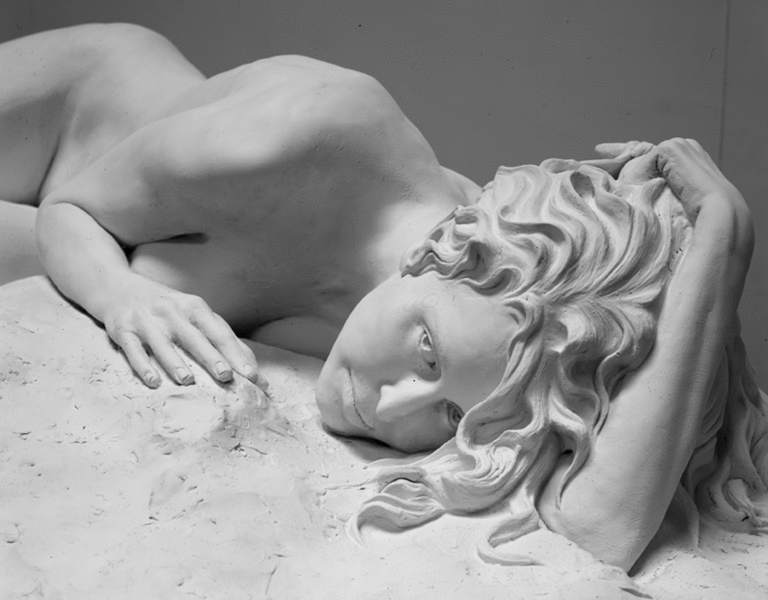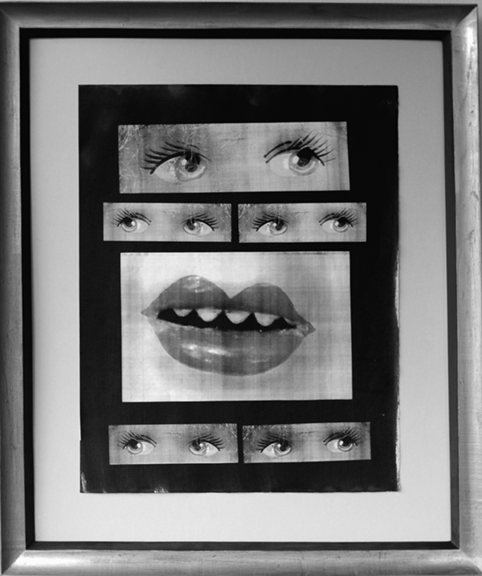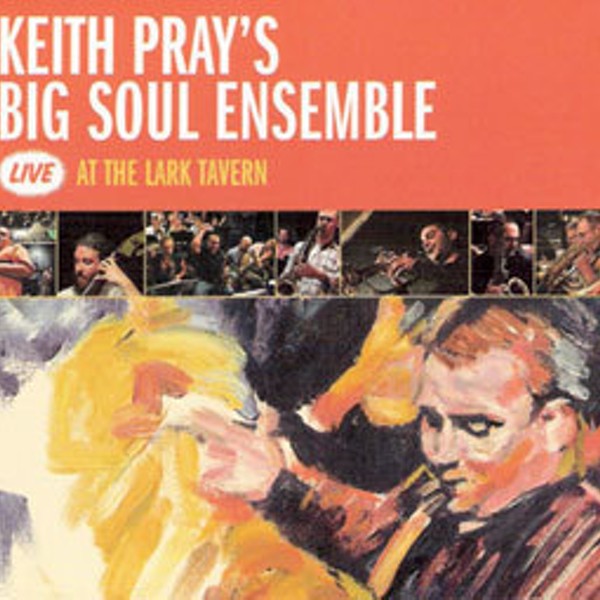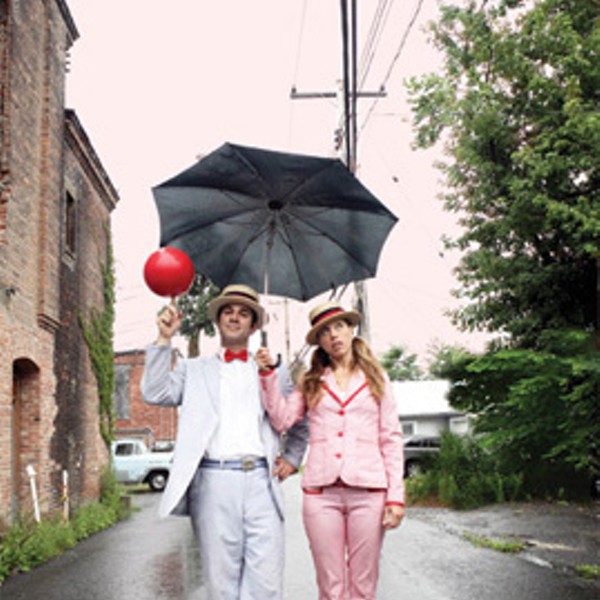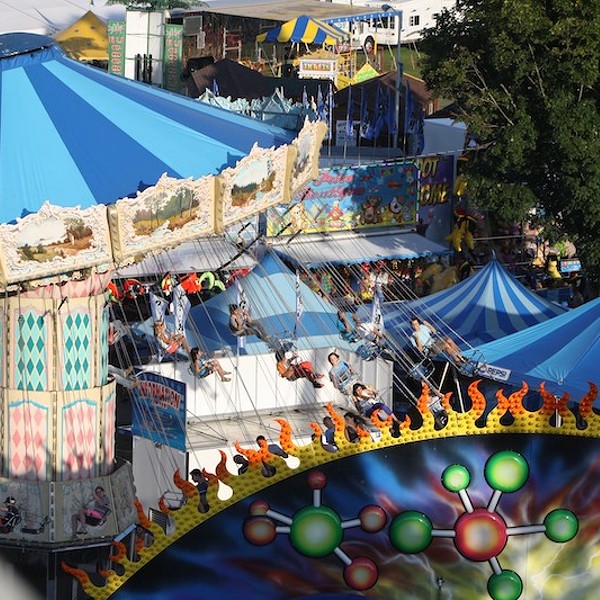In a world that is really upside down, the true is a moment of the false.
—Guy Debord, Society of the Spectacle
Andy Warhol is still the most immediately recognizable artist to the general public, I think it’s safe to say. (Ask an average Joe off the streets, and he’ll at least have an inkling of the soup can paintings, and will probably be able to identify a photograph of Andy from his “fright wig” period as well.)
Twenty years after his death, no one has managed to step into those prominent shoes. He did something that no one else has quite managed to accomplish since. Andy—someone we seem to know on a first-name basis—didn’t just make art, he recrafted himself into a mass media icon. Having coined the infamous “15 minutes of fame” quip, he went on to linger much longer than that himself.
Celebrity is a strange issue in the context of contemporary art. As the thinker Walter Benjamin noted, the tradition of art making involves the creation of unique, singular works (paintings, carved marble sculptures, etcetera), whose attraction (“cult value”) depends upon their relative physical inaccessibility (what Benjamin called its “aura”). Seeing a poster print of the Mona Lisa is somehow not quite the same thing as fighting through the hordes of tourists to see her in person at the Louvre.
And yet in today’s world, it’s the cachet of “exhibition value”—you can call it buzz, a meme, or the 100th-monkey syndrome—that appeals to the mass market of ideas and images and that will put an artwork into the front ranks of both the public consciousness and the market.
Years ago, as I was cutting my teeth as an art writer for a gallery in New York, it fell to me to write the press release for the then relatively unknown photographer Andres Serrano, about a new body of work he’d done, photographing tanks of bodily fluids like blood, piss, and milk. But it wasn’t the artful wording of my press release that made the breakthrough for him. That happened several months later, when our esteemed Senator Al D’Amato ripped up a reproduction of Serrano’s Piss Christ on the floor of the US Senate, pulling it from a catalogue for a show that had received federal funding. The culture wars were on, and ultimately Serrano reaped an odd benefit—everybody now knew about his work. Media presence equals career kickoff.
Something similar happened to artist Keith Edmier, whose retrospective is now up at the Hessel Museum at Bard College (but without the political controversy). I first caught wind of his work a few years ago, when he exhibited work from a collaboration with Farrah Fawcett (yes, of “Charlie’s Angels” fame). The project was spurred initially by Edmier’s childhood fascination with Farrah, and the final product is a pair of life-size sculptures: a carved marble of the television star (by him), and a bronze of the artist (by her). The buzz-worthiness of all this could be measured by the New York Times Magazine spread he garnered, a blurb in Artnet’s tightly policed news listings, as well as a spot on the Heavenly Angels fansite. It’s at this point that his art career really took off.
Ironically, the focus of Edmier’s work is, in fact, his complex relationship to memories of his mass-mediated suburban childhood. The Fawcett project grew quite naturally out of this work, which in turn had been influenced by his first professional foray in special effects in Hollywood. (It was working with makeup effects master Rick Baker that he first picked up sculpting in pink dental resin, still a favored material.)
Born in 1967, Edmier speaks to the median age demographic, people who were too young to really register much about the 1960s or Vietnam, and who grew up trained in the ways of mass consumption by television. As a result, his memories are, often as not, of celebrity icons like Fawcett (or Evel Knievel, Janis Joplin, or John Lennon, who appear as well). It’s the initial Pop Art insight, one or two generations removed; now less subversive than desublimated, and as a result, “always at the edge of the acceptable boundaries of artistic virtues and taste,” as Bard’s CCS Executive Director Tom Eccles puts it.
Of course it’s at the edge of acceptable taste—who would openly admit to enjoying the infamous Farrah Fawcett swimsuit poster as anything but a guilty pleasure? Edmier tries to pick up on that contradiction in the work, sometimes engaging it successfully, sometimes not.
In stark contrast to the ambitious, well-capitalized, glossy surfaces of Edmier’s exhibition (as appropriate as that mode might be to some of his subject matter), I can heartily endorse the emphatically humble, handmade cyanotypes of Jo Andres, now on view at Raintree Gallery in High Falls.
Andres brings a wide-ranging background as creator of kinetic, film/dance/light performances, a choreographer, and a filmmaker. About four years ago, she was introduced to the photographic medium of the cyanotype, familiar to anyone who’s ever used one of those “sun print” kits they make for kids. Andres sensitizes her own paper for the prints, and you can still make out the brushstrokes beneath the imagery, which focuses on an eclectic group of old dolls, figurines, close-ups of eyes, and odd implements.
Most of the works use two or more images within the frame, printed to leave space between the individual negatives. Sometimes it’s two versions of the same image, the negative flopped to make a mirror image; sometimes there are several close ups, taken from different angles, of the outlandishly painted doll eyelashes, or a particularly menacing pair of doll lips, sporting a row of fanglike teeth. The serial, framelike nature of the groupings gives them an almost cinematic flavor—and the fact that she’s using mass-produced objects (but from a different, very foreign-seeming era) marks a true Surrealist appreciation for the uncanny.
The elephant in the room here is the fact that Andres is married to actor/director Steve Buscemi, with the commutative property of star power undoubtedly one of the main reasons the opening reception was packed to the gills. (Ironically, she told me that when they met over 20 years ago, she was actually the better-known artist.) But the work itself is solid, and shows great promise, especially the recent prints made on cotton cloth, which heighten the tactility of the image, pulling the image into a markedly different relationship with the viewer.
Call me old-fashioned, but the presence—yes, the aura—of the work of art still seems important, even more so in an age when everything is in danger of being YouTubed. It seems we’re closer than ever to realizing Andy’s original “15 minutes” prediction. But what happens when celebrity is spread so thin everybody can see through it? We might just have to look at the world with our own eyes, for once, instead of only taking it as it is served up by People magazine.
“Keith Edmier 1991-2007,” will be on view through February 3 at the Center for Curatorial Studies at Bard College, Annandale-on-Hudson. (845) 758-7598; www.bard.edu/ccs. “Darkness & Delight,” cyanotypes by Jo Andres, will be on view through December 18 at Raintree Gallery, 107 Main Street, High Falls. (845) 687-2685; www.joandres.com.







